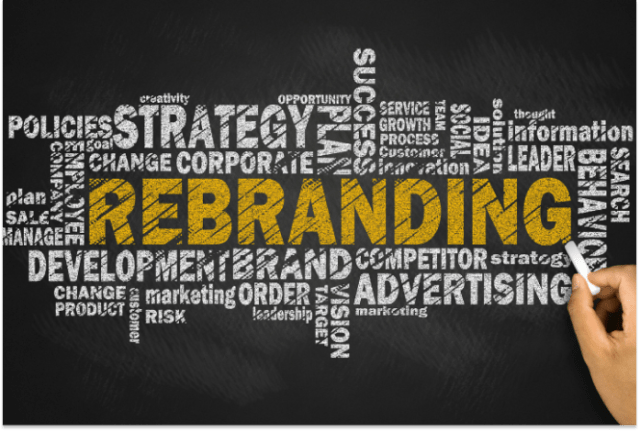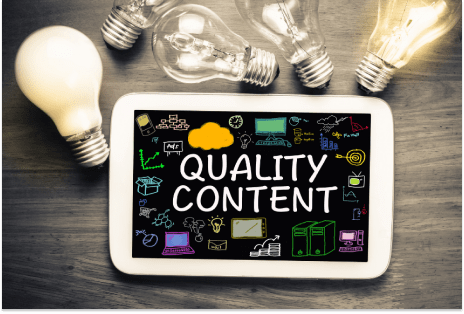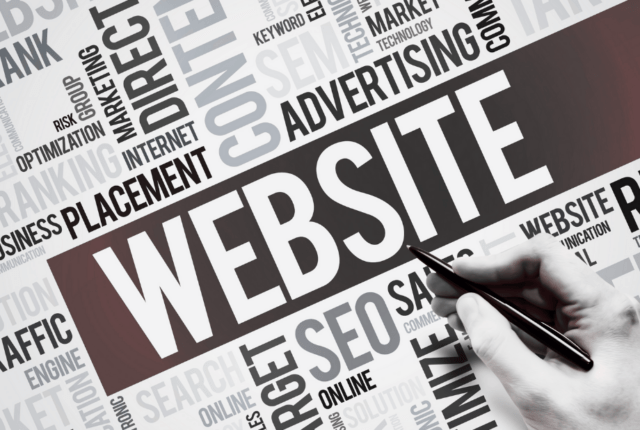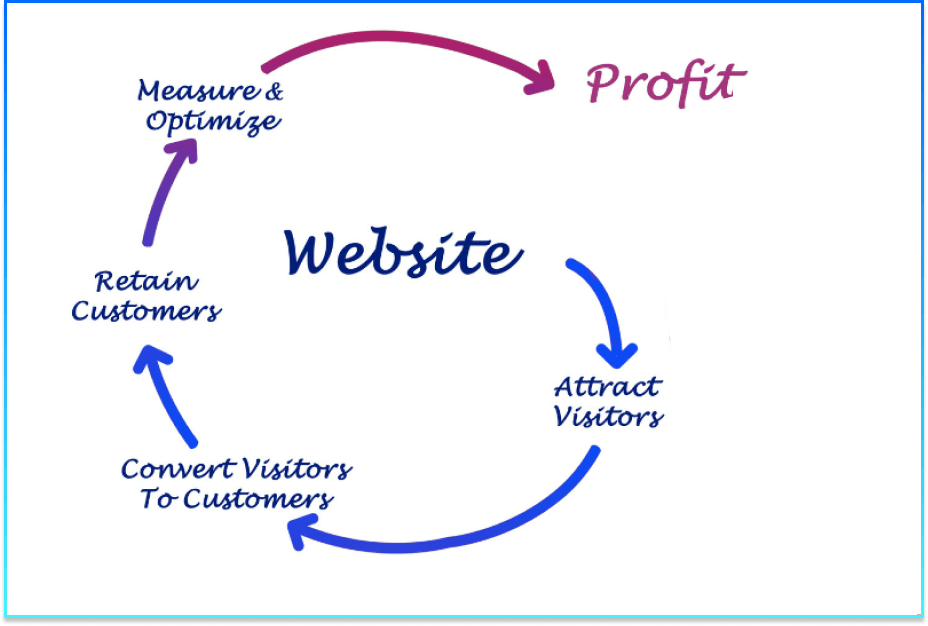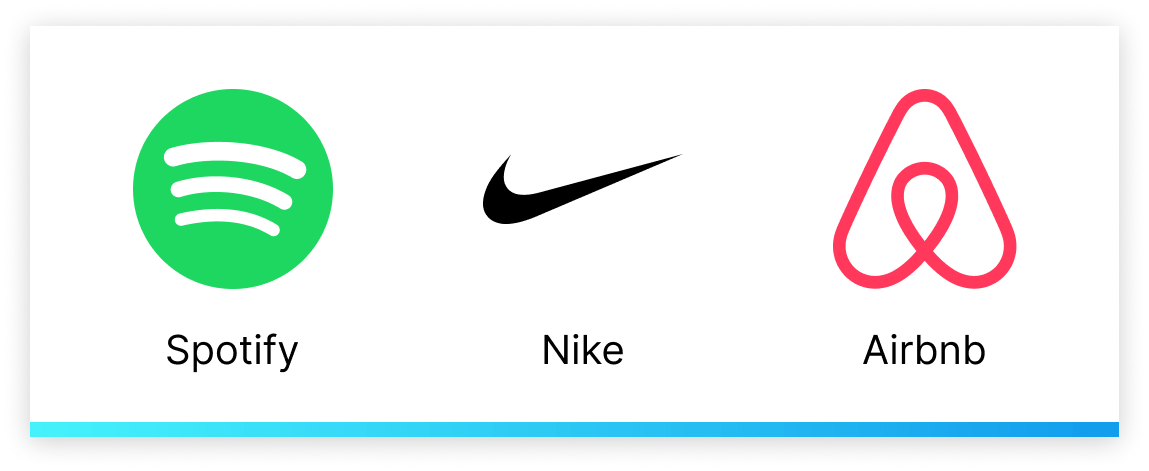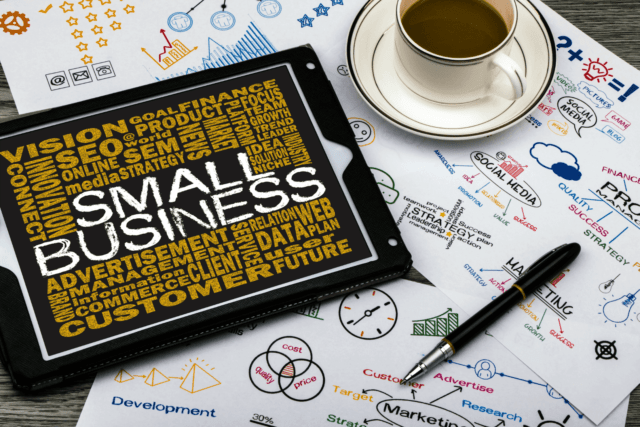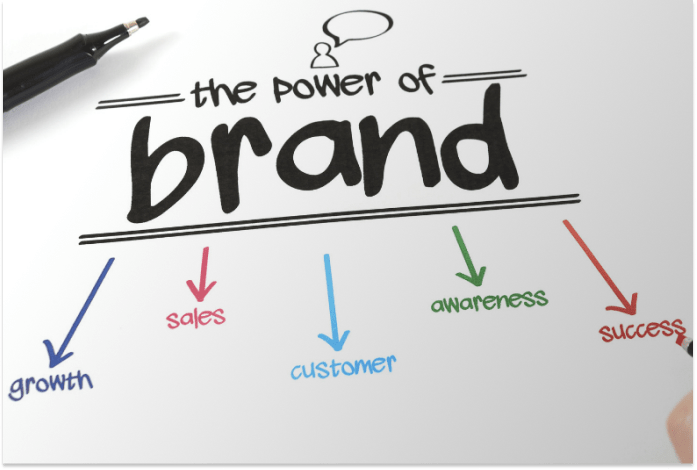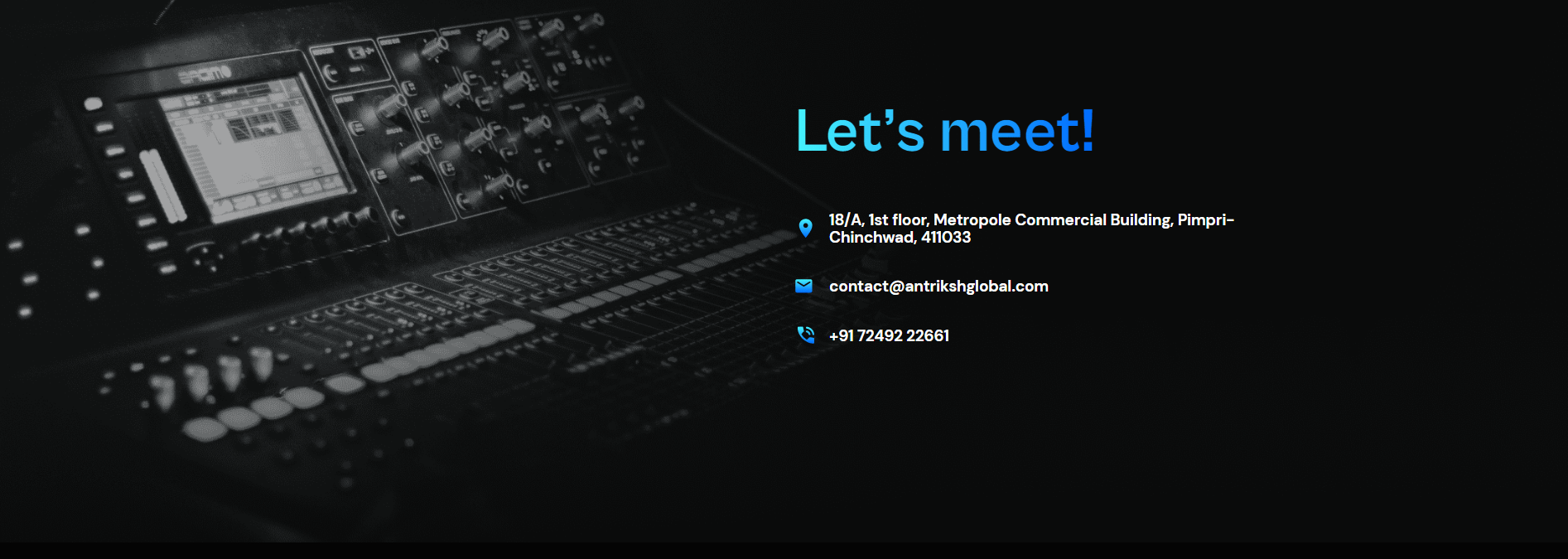Rebranding is a trickier process than one might comprehend. Given that many popular brands have gone under the knife recently, we must understand the process to better gauge the reason behind the cosmetic or not-so-cosmetic changes. Rebranding helps you reinvent your brand, add a fresh perspective and even boost your brand awareness. Contact Antriksh to create a Brand Strategy for your business and Book a free consultation with our experts to help you attain business objectives.
In this article, we’ll walk you through significant rebranding stories in history and shed light on the crucial components of rebranding.
1. Diversification
The resurgence of Lego, which has surpassed Ferrari as the most powerful brand in the world, has been hailed as the most remarkable corporate turnaround in history. A book on the subject, Brick by Brick: How Lego Rewrote the Rules of Innovation by David Robertson, has become a standard business text. Boeing, Adidas, and Sony are rumored to have used it. Google now encourages employee innovation by providing Lego blocks. However, the journey toward being the most prominent brand wasn’t an easy one.
Lego had never experienced a loss since its establishment in 1932 until 1998. It was in serious trouble by 2003. Sales were down 30% year over year, and the company owed $800 million.
Lego was instructed to diversify, and as a result, it nearly went out of business. It brought forth jewelry for women. Lego-themed clothing existed. Theme parks that cost £125 million to build were built, and in the first year, they lost £25 million. Despite having no prior expertise in the industry, it created its own video game firm from scratch and the largest installation of Silicon Graphics supercomputers in northern Europe.

When a movie came out that year, Lego tie-in toys like their Star Wars and Harry Potter-themed kits were popular. Taking a cue from the affiliation with movies, Lego later produced films that were adored by both the public and the critics, and that is where the turnaround began. Lego movies were the catalyst that the brand needed to accelerate its growth.
Due to its expansion and current prominence, the company has even been referred to as the “Apple of Toys.” Thus, it is imperative to note that rebranding doesn’t necessarily mean making aesthetic changes to your brand. Rebranding can also be associated with a difference in the model of business operations.
2. Sometimes, doing nothing is the best thing to do
Since Gap had been using the same logo for longer than most graphic designers had existed, the choice to try something different was at least sensible. What we find puzzling is their desire to switch out their recognizable stretchy serifs for Helvetica and a tiny gradient box that can win over no one. They ultimately lost $100 million as a result of it.
Gap chose to revamp its 20-year-old logo in 2010, citing weak sales following the Financial Crisis of 2008, which gave rise to the “Gapgate” scandal.
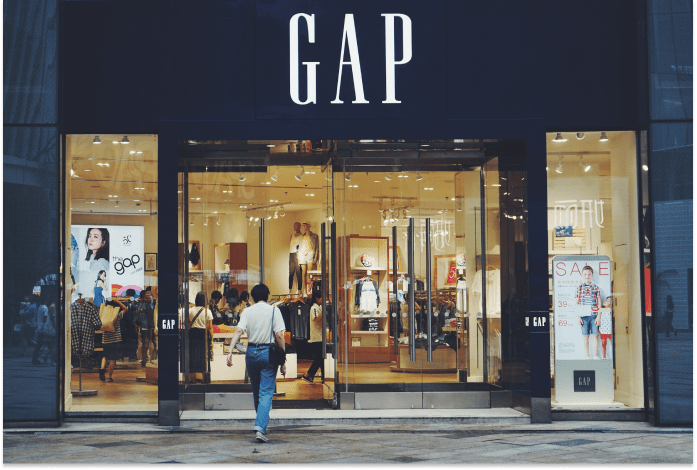
Along with modernizing and revitalizing the business, Gap appeared to be on a mission to boost sales and stock values. It has been said that this desire to modernize stemmed from a “panic to act quickly” to boost declining sales.
The reaction to their unexpected release of this new logo was so adverse that, after just one week, they were forced to switch back to the previous.
When a person thinks of or hears a brand name, the logo is frequently the first thing that comes to mind. Consumers use logos as a vital signifier of a brand. Therefore, a critical factor in increasing brand salience is the logo. Any brand awareness that has been established could be lost if your logo is changed at the drop of a hat.
Lesson learned: If your current aesthetic is compelling, a rebranding should build upon it or give it a fresh perspective rather than making it bland.

3. Trending isn’t the reason for Rebranding
If your motivation for rebranding is keeping up with the trend, then that’s the wrong way to go about it.
The oil corporation British Petroleum chose to alter its logo in 2000 after using the same one for 70 years. Creating the new logo is thought to have cost BP $211 million.
British Petroleum is a prime example of poor branding for several reasons, including the astronomical sum of money spent on rebranding. The only thing that remains the same between the new and old logos is the color scheme.
Moreover, British Petroleum decided to make the image of Helios, the Greek sun god, the primary component of their new logo. The corporation intended to portray a renewed commitment to green growth with this move.
However, BP is anything but eco-friendly. To refresh your memory, they were in charge of the most significant marine oil leak in history in 2010!
The goal of a successful rebranding and new logo should always be to convey the organization’s mission and goals.
As a Brand Agency, we at Antriksh understand that rebranding should rejuvenate a brand and add to its value. With our thorough brand analysis, we develop tailored solutions for your business. Click here to explore the endless possibilities to boost your business.

